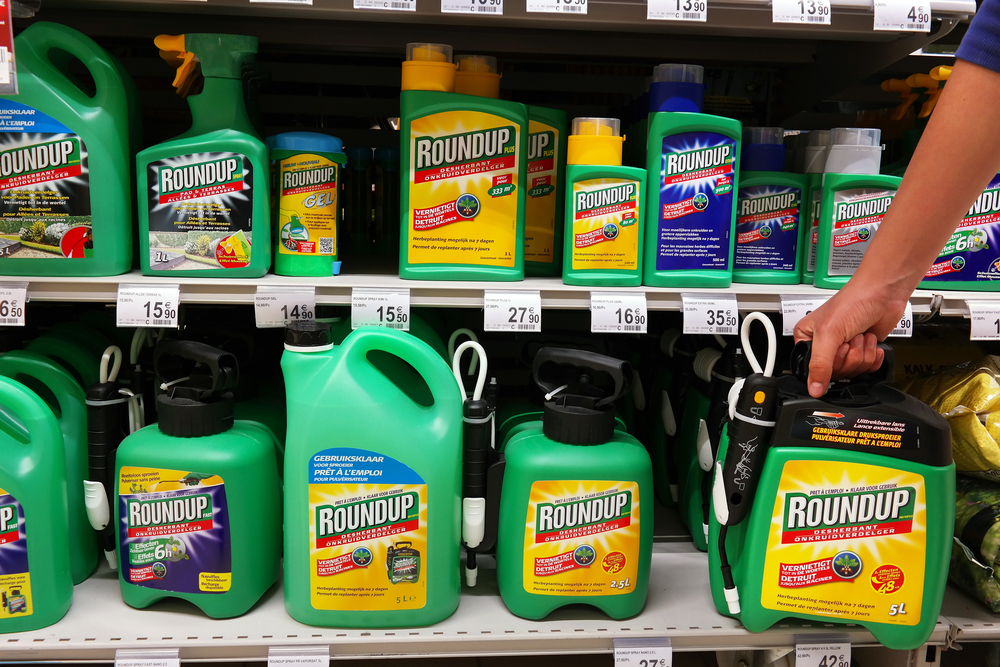It may also be dangerous to 96 percent of “critical habitats.”

Much of the debate over glyphosate, the herbicide from Bayer-Monsanto, has revolved around its effects on human health.
While Bayer-Monsanto will be paying billions of dollars to settle thousands of cases alleging that glyphosate causes cancer, the news lately is not about humans—it’s about animals and their habitats. The Environmental Protection Agency this week released a draft of its findings on how glyphosate affects endangered or otherwise at-risk animals, plants, and their habitats. Those findings are not great, if you’re a fan of glyphosate.
While the EPA has maintained that glyphosate is, when used according to its label, not carcinogenic, the agency has been working on figuring out whether glyphosate is dangerous to plants and animals for months. The EPA updated how it does this analysis earlier this year, using data to indicate how a pesticide is actually used, rather than based on how the label says it should be used.
These new findings say that glyphosate, when combined with common surfactants (which help the herbicide coat leaves more evenly), is “likely to adversely affect” a whopping 93 percent of the plants and animals it examined. As for habitats that serve as homes for these at-risk plants and animals, the findings say that glyphosate is likely to have a negative effect on 96 percent of them.
Chronic exposure to glyphosate, finds the report, can inhibit a vital enzyme in many plants, without which they can experience cell death. For animals, chronic and acute exposure (exposure over an extended period of time, or a lot all at once) can result in reduced body and organ weights.
Glyphosate is one of the world’s most popular herbicides; around 280 million pounds of it are used on agricultural land, mostly corn, soy, and cotton. But a further 21 million pounds are used for non-agricultural reasons; you can find it at Home Depot, and it’s pretty popular for landscaping and home gardening.
If the report goes through the comment period as written, the EPA would have to work with other agencies, like the Fish and Wildlife Service and the National Marine Fisheries Service, to come up with a plan for protection measures. Those might include limiting glyphosate’s use in certain areas, or general limitations on its use.
What a load of bunk. It is designed to effect the shikimate pathway. Data? I saw none posted. I saw no specific examples of species or habitats effected. Dan typed bunk.